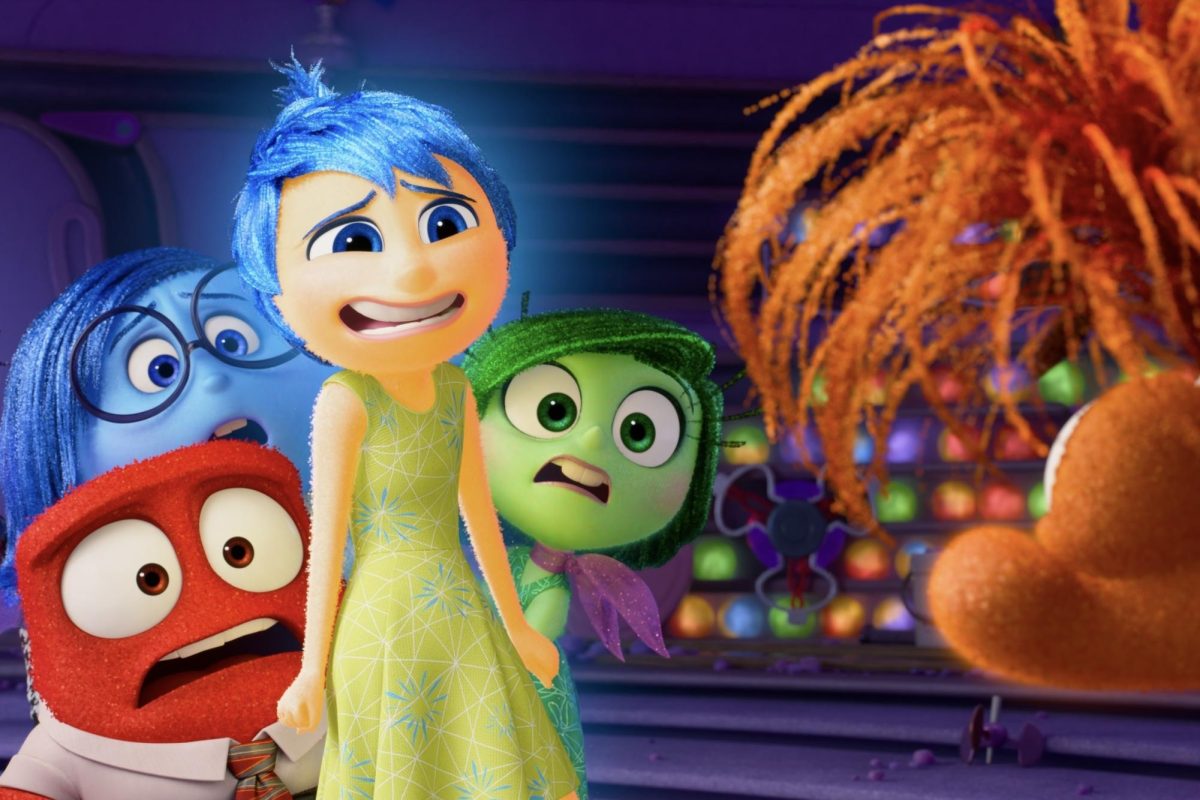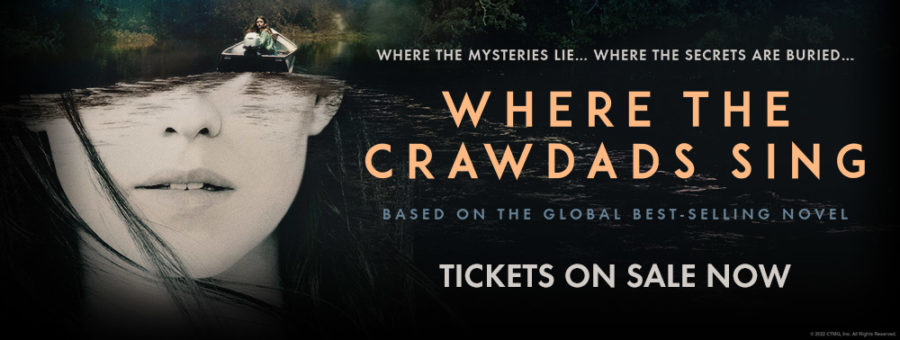From text to screen
‘Crawdads’ doesn’t make the jump
September 27, 2022
By Brooke Butler, News editor
“Where the Crawdads Sing,” by Delia Owens released in 2018, recently received its movie adaptation in July this year. The book is a well-written story focusing on a protagonist removed from society named Kya who slowly starts integrating herself into the “real world” while still appreciating her life in the marsh. The book follows the character through her life of love and loss with a touch of murder mystery.
Can the movie hold up Owens’ thoughtful storytelling?
Well, to put it quite frankly: no, it can’t. With a Rotten Tomatoes rating of 34%, it’s immediately clear that the movie didn’t live up to its potential before being released in theaters. Despite this, it’s worth noting that the audience approval rating is much better than that of critics, with an IMDb rating of 7.1/10.
The most common critique of the movie is that it doesn’t show the depth and meaning that the book demonstrated.
The book built a connection between the reader and protagonist by following her life from child to adult. Kya was abused and neglected by her drunken father and abandoned by her mother. People in the city looked down upon her and dismissed her.
Knowing all of this encourages the audience to root for her after overcoming such hardships. Although the book built on these characteristics, the movie dismisses these by simply not going into detail about her struggles. We see a cheesy clip of her being laughed at in school, but not much that leaves an impact.
The most common praise for the movie is the beautiful scenery of the marsh. The cinematography does capture the book’s imagery quite well and shows carefully planned set décor. Kya’s shack has numerous illustrations of local birds in the marsh strewn about her home. It considers Kya’s fascination with local wildlife and her artistic talents. The shack is run-down but charming. It makes it clear that it is Kya’s home while still acknowledging her state of poverty and neglect. The scenery of the marsh itself is also remarkable, showing its breathtaking beauty that held Kya captive for so long.
All things considered; the movie did the book justice in translating it to a visual format but left behind the rich storytelling. The book told the story better, but the movie showed it better. While I felt that the movie’s plot was an oversimplified cliché romance that hardly mirrored the book’s complex beauty, it did offer the reader more vivid imagery of Kya’s world. I would recommend the book over the movie but can still acknowledge the thought put into the movie adaptation of “Where the Crawdads Sing.”






















